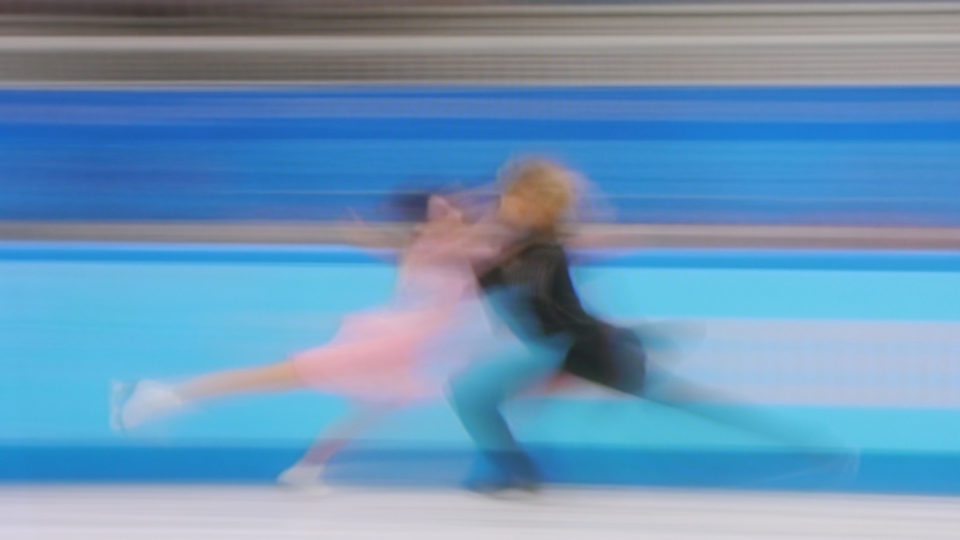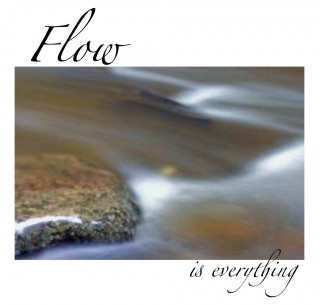
** Books mentioned have Amazon affiliate links, meaning I make a few cents if you purchase through my link. I only recommend books that I’ve read.
In his book, Flow: The Psychology of Optimal Experience, Mihaly Csikszentmihalyi shows how being in a state of flow can enhance both creativity and happiness. He defines it as follows.
“… completely focused motivation, a single-minded immersion, representing the ultimate in harnessing the emotions in the service of performing and learning. In flow the emotions are not just contained and channeled, but positive, energized, and aligned with the task at hand. To be caught in the ennui of depression or the agitation of anxiety is to be barred from flow. The hallmark of flow is a feeling of spontaneous joy, even rapture, while performing a task.”
We’ve all probably (hopefully) experienced this feeling at different times in our lives – when we’re completely wrapped up in an activity that we love to do. It could be participating in a sport, writing or playing music, or creating a piece of art.
Csíkszentmihályi characterizes flow.
 * focused concentration
* focused concentration
* a sense of ecstasy
* inner clarity (knowing what needs to be done and how to do it)
* confidence in the doing
* a sense of serenity
* timelessness
* intrinsic motivation
For me, there is more to it than just experiencing joy or rapture. There is a rightness; we feel as if we’re doing what we were meant to do at that moment, we’re enjoying it and we’re doing it well. I’ve felt this in the darkroom (years ago), while editing photographs, and taking contemplative photo walks. It happens when I let go of the outcome and focus completely on what I’m doing in the moment.
Some days on my walks, it just isn’t there. I feel agitated and don’t “see” anything. Other days, I’m in the zone and am seeing photographs everywhere.
In his TED talk (link below), Csíkszentmihályi gives several examples of people’s experiences while in a state of flow – one of them being a figure skater performing her program.
“It was just one of those programs that clicked. I mean, everything went right, everything felt good … it’s just such a rush, like it could go on and on and on, like you don’t want it to stop, everything’s going so well. It’s almost as though you don’t have to think. It’s like everything goes automatically without thinking. It’s like you’re on automatic pilot, so you don’t have any thoughts. You hear the music, but you’re not aware that you’re hearing it, it’s a part of it all.”
This is called “muscle memory.” A skater (or any athlete) has to learn how, at the time of performance, to let the mind take a back seat and let the body take over.
I had one such amazing experience while skating as a teenager. It was during a practice session and it only happened once. I could do no wrong that night. Every jump I attempted was landed perfectly, even if I was slightly off on the takeoff. I even had the courage to try some jumps that were beyond me that night. It was so much fun. I wanted it to go on and on and on. I have no idea why it happened that night or why it never happened quite that way again.
For me, being in this kind of flow is essential to happiness and meaning in life. It means that you are doing what comes naturally to you, what you were meant to do. Mind, body, and spirit are one.
How to Be in Flow
 I don’t think that one can summon flow. It’s beauty and magic lies in the fact that it often comes unexpectedly and when we let go of control. However, we can put ourselves in a position where flow is more likely to occur.
I don’t think that one can summon flow. It’s beauty and magic lies in the fact that it often comes unexpectedly and when we let go of control. However, we can put ourselves in a position where flow is more likely to occur.
In the chart above from the TED talk,
Csikszentmihalyi shows the optimal point of flow – where skills and challenges are higher than average (the middle point denotes the place of your average challenges and skills). I notice here that apathy is at the opposite point from flow. And, that control comes right before it.
When we’re in control, our skills are greater than our challenges. It’s a comfortable place to be. But, it’s only when we let go – invite more challenge, release pre-determined outcomes, that flow can occur. Conversely, we can be highly aroused (or enjoying) an activity, maybe even taking some risks, but we may need to add more skills to get into a flow state.
Here are 5 more ideas.
1. Meditate. The practice of meditation teaches us how to focus awareness in the present and on the task at hand.
2. Pay attention.Notice what’s inspiring you; what resonates deeply, and act on that. You have to be in touch with yourself to be in flow.
3. Be of Service. Align your passions or strengths with what the world needs at this moment in time. Any time you are doing something you love that will also help others, flow is more likely to occur.
4. Play. Engage in an activity just for the fun of it, with no goals or objectives. Play can put you in this state and bring out your creative side too.
5. Eliminate distractions. Foster an atmosphere where flow can exert itself; no phone, no email, no Twitter, no Facebook.
When have you experienced flow?
Note: This is an updated and expanded post from 2011.
Related Reading:
Three Types of Flow – by Deirdre Walsh
Book: Flow: The Psychology of Optimal Experience
Watch Mihaly Csikszentmihalyi’s 18 minute TED Talk (Does Creativity Make You Happy?)
This is a very Taoist concept as well. When I think of a flowing stream that moves around and over the rocks I see that concept beautifully illustrated. Nothing impedes, it will find a way around no matter what obstacle you put in its way. When I experience “flow” in the landscape I move in the same effortless way. Barriers are merely diversion and often take me to a far more interesting place!
Maybe it is the concept of the Flow that brings these last 6 weeks in Adventure in Seeing all together. My life journey has brought me to this very moment in time. There are many fertile seeds that have been planted, and as I begin to see and feel the earth moving out of her winter time, I too feel the movement deep inside myself.
Pat Keown
Even the word F-L-O-W makes me feel as if I’m one with the Universe. It makes all barriers dissapear and, as you explain so well in your words about your experience in ice-skating. I love that image of the skaters.
Of all the things that Csíkszentmihályi speaks of, the two that speak to me the most are: inner clarity and a sense of serenity.
Beautiful image also of the water flowing.
Thank you once again for your generous giving in the form of research…
The thing that jumped out to me from the list was ‘intrinsic motivation’, one dictionary definition of intrinsic is ~ ‘inborn’. This is how I would describe my experience when I am in ‘flow’ with my image making, it comes from within, not forced. I am deeply in-tune with my camera and editing software that I flow on auto ‘pilot’, time goes through the window! The TED talk puts all of this into perspective so I am better able to understand what is going on and what hinders flow. I like the fact you mentioned some days you may experience agitation which may prevent flow! Life throws all sorts of obstacles our way and flow is not always possible, also periods of time when flow becomes out of reach for awhile is what we may experience. I mention this as some can put forward a ‘romanticized’ view of flow as being a constant state of flowing which in my experience life is not!
Gorgeous imagery…
There is nothing better than experiencing that state of creative flow. I love how you have illustrated this concept as well with your images.